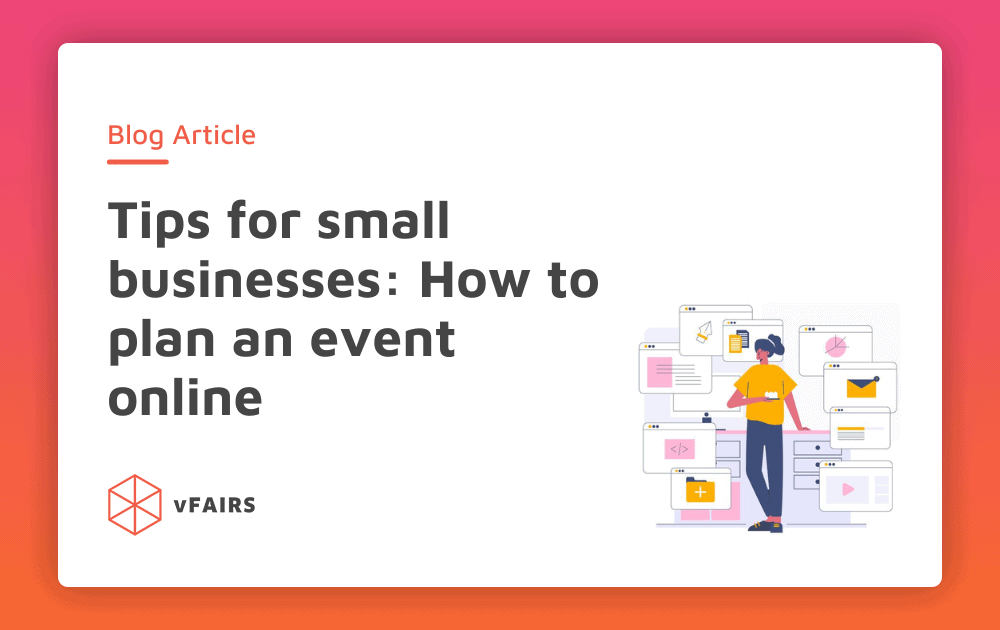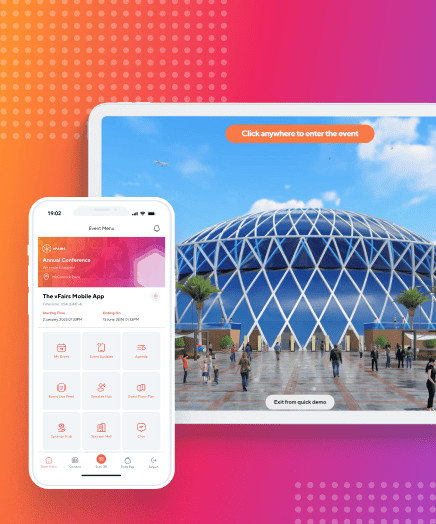Thinking of how to plan an event for a small business, you are probably dealing with tighter budgets. But a tight budget in no way means a mediocre event that fails to create an impact for your small business. Knowing how to plan an event can help you create waves in the industry you are in.
Unless you have been living under a rock with no technology, we are sure you have heard of a thing called ‘virtual events’. But now as we begin to recover from COVID-19 and its far-reaching consequences on the economy and small businesses, virtual events and now the up-and-coming hybrid events will help in materializing your business’s potentials.
Small businesses will catapult economies back on track. Virtual and hybrid events here will play their part and will be used as tools to drive growth in these businesses. We are here to take you through the process of how to plan an event. Let’s get cracking.
How To Plan An Event For Small Businesses
1. Choose a Platform That Makes Life Easy
The first step is choosing the platform. However, before you choose the platform, decide whether you want to host a virtual event or a hybrid event. This again depends on the audience you are targeting. And of course, in case you are considering hybrid events, don’t forget to inquire about the restrictions the physical venue has in place due to COVID-19.
Once you have decided the type of event, the most important factor is choosing the platform. This is the backbone of your entire event. The foundation of the success of your event. You get the picture? We cannot stress the importance of this step.
Choose a virtual platform that allows flexibility, support and control to you as you plan your event. Here’s a quick checklist of important considerations when choosing a virtual event platform provider:
Customer Support
Does the virtual event platform provide customer support? Is it 24/7 or limited to a few hours?
Technical Support
Does the platform offer technical support to your audience? You might have a global audience online at all hours of the day, so you need to make sure they have support in case faced with technical difficulties.
Experience
Do the event platform providers have prior experience running virtual or hybrid events? Specifically, are they experienced in the type of event you have envisioned?
Features
Does the platform offer exhibit halls, virtual booths? Are there any networking opportunities within the platform, and if so what tools support networking and interaction between exhibitors and attendees?
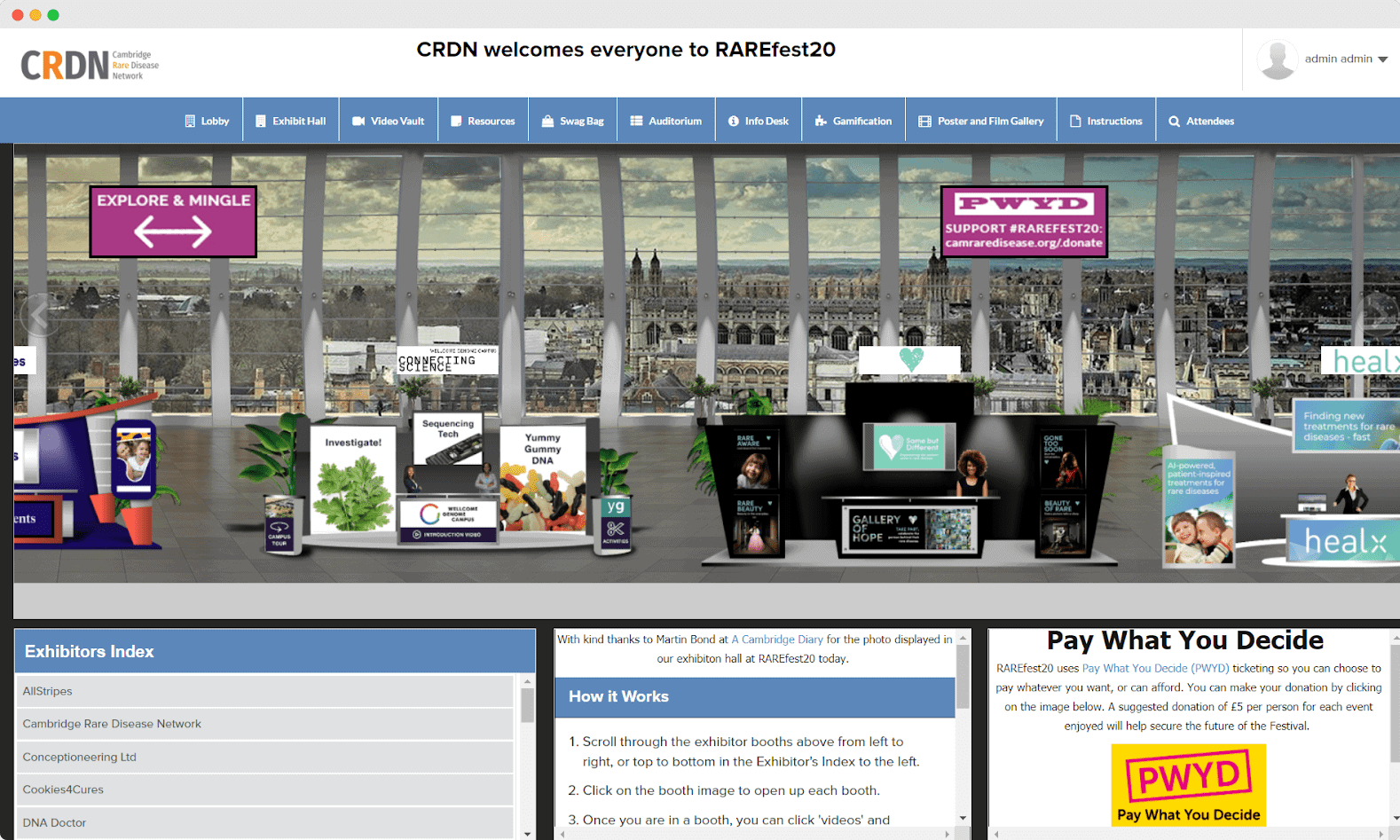
Device Friendly
Is the platform compatible with multiple devices? Audiences might be attending the event from their mobiles or tablets, thus multi-device compatibility is essential.
Data
Firstly, does the platform allow you to collect audience data at the time of registration with CRM integrations? Secondly, do they provide post-event feedback and data analysis?
Integrations
What integrations does the platform support, which will enhance the attendee experience?
With these basic considerations in check, and answering each of the questions above you can choose your platform. A few other points you might want to take into account are:
- The platforms accessibility features
- Their security checks to protect the event and data
- Customization and branding capabilities
- Personalization features
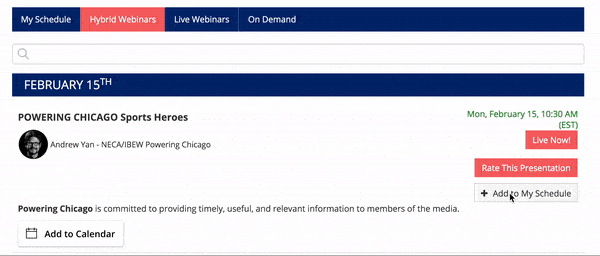
But answering the age-old question of how to plan an event, your job just started. With a suitable event platform chosen, there are another million and one decisions. vFairs is here to help you make all those decisions and more. Next up is, content.
2. Keep Content Engaging and Designs Attractive (CEDA)
Okay, that is an acronym we totally made up. But it is true, right? The shortcut to keeping audiences enthralled in your virtual event is simple: Keep content engaging and designs attractive. Content makes or breaks your event and it keeps it afloat. You risk losing your audience’s attention if not equipped with relevant, interesting and interactive content. This is not what you want.
Content
Study your audience. See who is expected at the event. What are they looking for? What questions do they want the answer to? Creating content around your audience will prevent them from getting bored and exiting the event. You don’t want them to leave the event without having a fulfilling experience right?
Add relevant documents, videos and other resources in your exhibit booths. Your best approach is to add content that elevates your audience’s virtual event experience.
Design
When we say design we mean the overall look and feel of the platform in addition to:
- Landing page designs
- Interactive 3D lobby
- Exhibitor booths and their avatars
- Supporting graphics and branding displayed
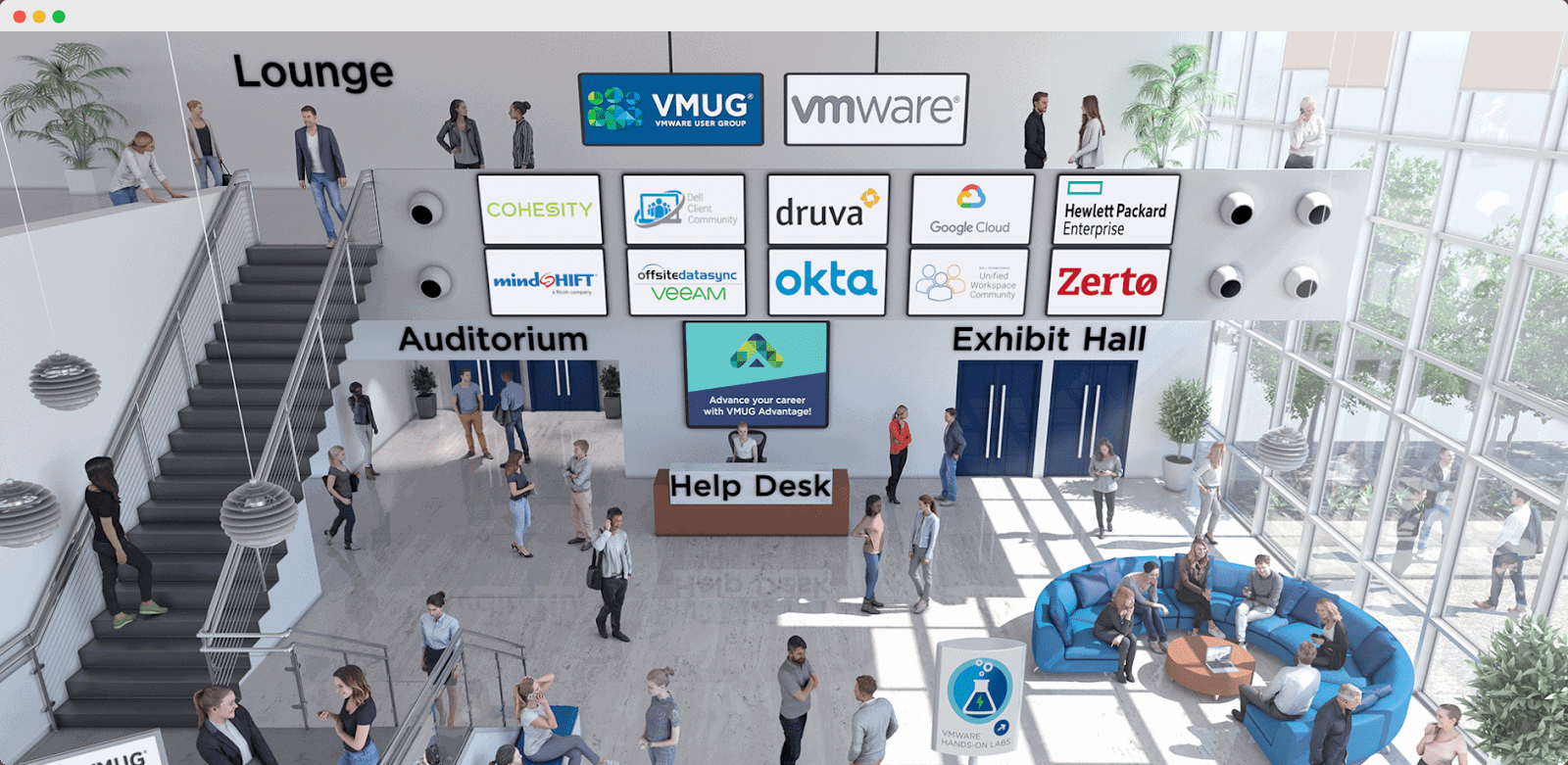
These designs have to be appealing and eye-catching. They also must hit the bullseye when it comes to communicating the relevant information. Here the interplay between content and design comes in. Attractive designs intertwined with catchy content will bring in the right and relevant audience.
3. Add Thought-Provoking Webinars and Invite Inspirational Speakers
Webinars are a good way to share information about your products and services. They are online events that enable you to interact with your intended audience, tell them what you stand for and answer their questions to help them connect with your brand. It is a good method of information exchange that enables businesses to stay on top of customers’ minds and distinguish themselves from the competition. Webinars can be used to position a company as a thought leader, generate leads for business and gain feedback from participants.
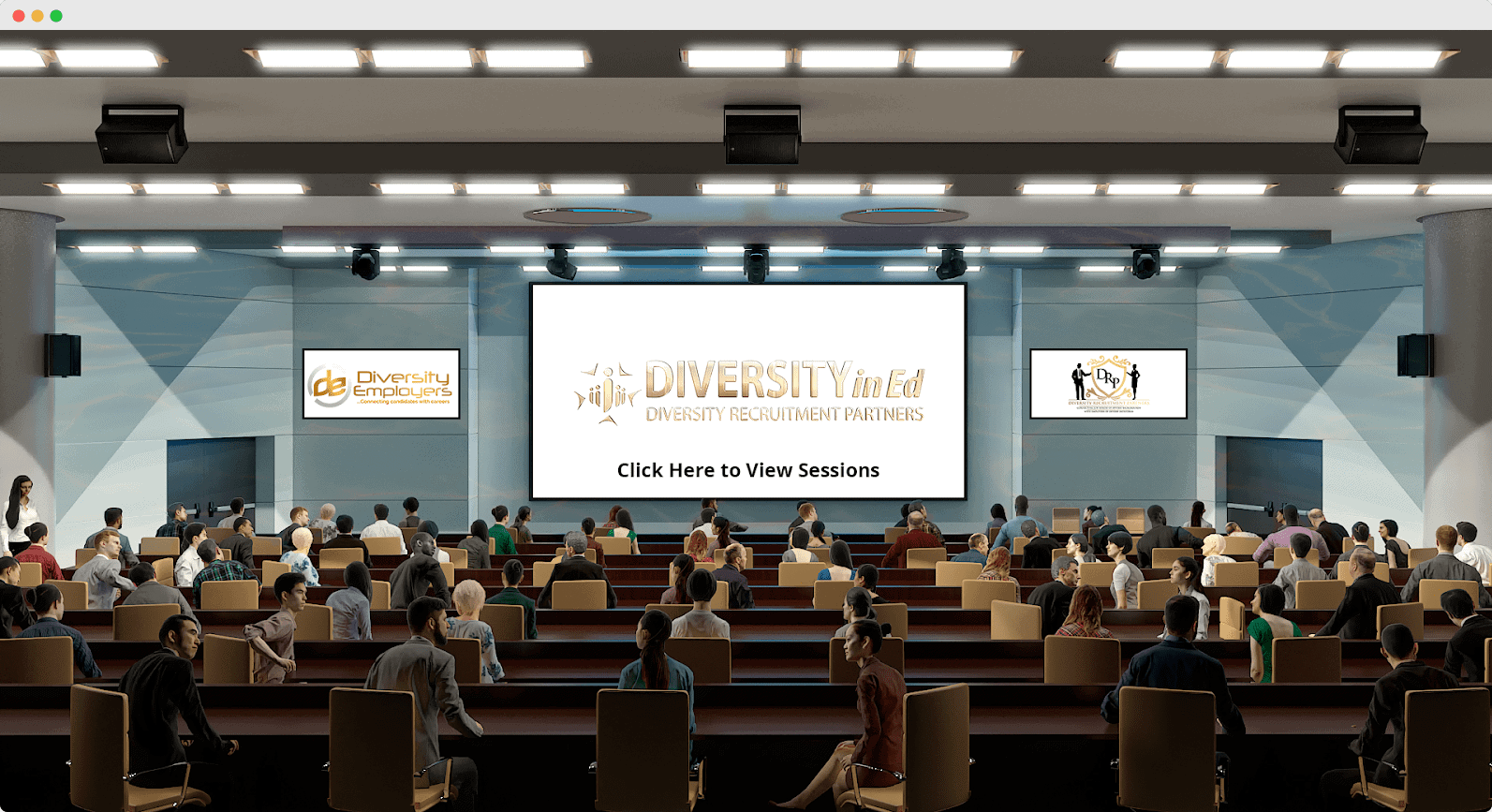
Virtual events allow you to host special speaker sessions. You can invite remote speakers to the event. They are not required to come to the event in person and hence speakers you always wanted to invite are just a call away from any part of the world. These speakers when offering industry insights and information can help inspire the audience. Establishing thought leadership with webinars might also boost the number of leads generated at your online event.
4. Get Sponsors On Board
Attracting sponsors to your virtual event might seem intimidating, but if you create value for your sponsors you will have them flocking to your event in no time. As an event organizer, it is important for you to gain sponsors and generate revenue. But how will that happen? When you offer substantial value to your sponsors. Find an answer to the question: what is in it for them?
Sponsors are generally looking for awareness and lead generation opportunities. So allowing them to host sponsored breakout sessions, facilitating them to add banners and other promotional material in the event, or even conducting a specialized webinar session could help them with their two objectives, while also generating revenue for your event.
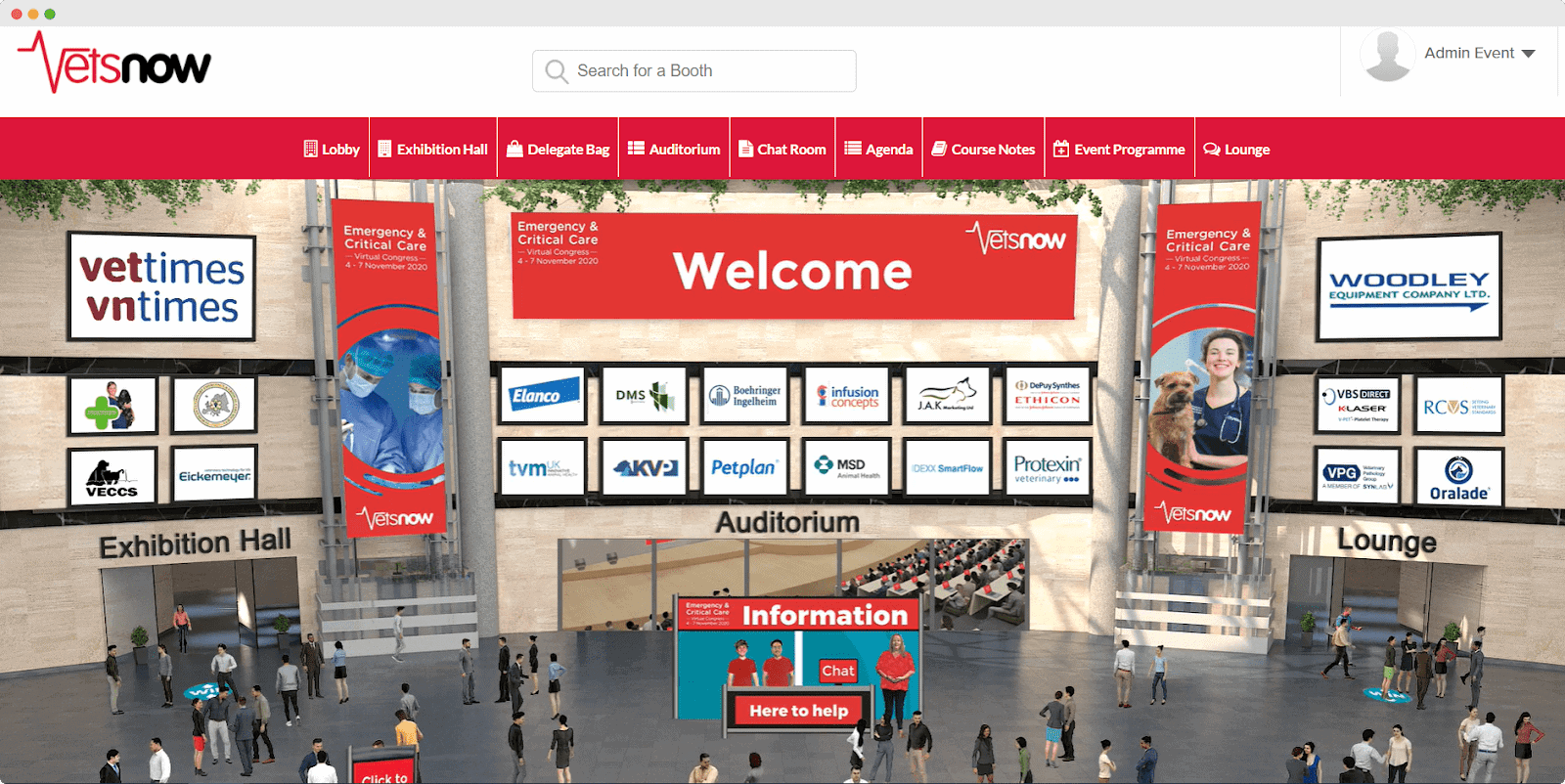
You can create sponsorship packages. These packages can offer varying levels of exposure within the platform. You;d carefully need to track your costs and ROI. For this reason, you can also look into hiring an accountant.
5. Develop a Strong Promotional Campaign
A strong promotional campaign in place brings the event together. You have created the perfect virtual event platform for your audience. But your audience needs to be told about the event and then persistently reminded that the event is coming up or is live already.
Technically your marketing efforts begin and end with your landing page, where you host all key details regarding dates, timings, speakers, etc.
Website
Next comes your website. The event organizer can use their website to advertise key information about the upcoming event. Again. From dates to speakers and even the topics being covered and the agenda of the entire event can be displayed here. A prominent section of the page, plus banners and popup screens can be used to grab attention.
Email Marketing
Email marketing is hands down at the heart of any event marketing strategy. All you need is a subscription base, lead list in a CRM, or any database of potential participants, and you are good to go. Focus your campaign on recipients that you are interested in inviting to the event, so if you have extra data points on your list per subscriber, filter your lists down for better targeting. Plan out 2-3 emails prior to the event to invite, inform and remind your audiences.
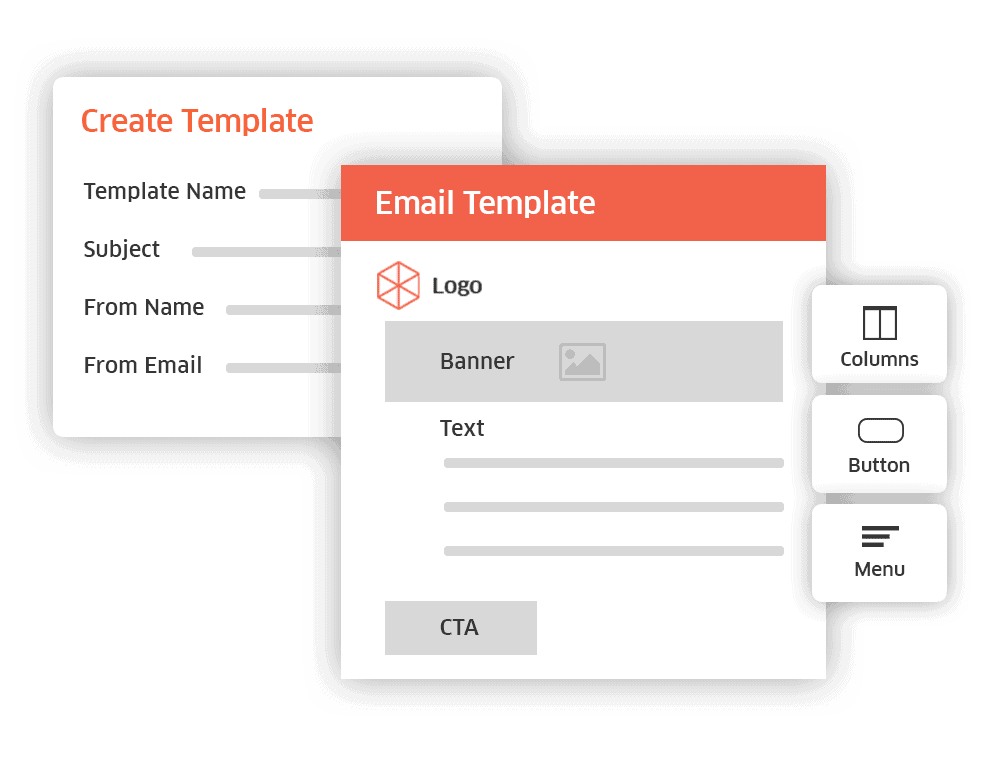
Social Media
You cannot think about promoting your event and leaving out social media, now can you? Most definitely not! Posting regular updates on your social media channels, plus amplifying your speaker lineup on social media is essential. Mention the topics speakers will cover in their sessions.
Go a step further and venture into paid promotion. Intertwine Facebook and LinkedIn for a focused remarketing campaign for your target audience. LinkedIn and Facebook re-marketing use web technology to track people that visited your event’s page but left without taking any steps to register. They work to display ads to these same people using insight tags that are placed on your website or your virtual event’s landing page.
Sponsors
Encourage your sponsors to promote the virtual event on their website, social media channels, and any other web content that they are contributing to. Send emails to their subscriber list or write a guest post on their blog if they are willing for the collaboration.
Speakers
Ambassadors and spokespersons are sometimes the core attractions of your virtual event that audiences would love to hear, connect with, and learn from. This is also another way to gain maximum exposure and eyeballs to the event.
You also must identify the sweet spot in marketing your event at the right time, at the right place. All these marketing efforts tie back to your landing page. Since every piece of content in your promotional strategy directs them to the landing page. This is where they eventually register for the event.
There you have it. Now you know how to plan an online event. Start from step one, i.e. choosing the right platform, considering factors such as customer and tech support, device compatibility, etc. and moving down to creating and managing content, getting sponsors, inviting speakers and then finally rigorously promoting your event to the maximum.
All these factors contribute to bringing your event together in the most seamless way possible. It might seem daunting, however, by conquering the first step, of choosing the right platform your worries are halved. And that is where you can sit back, relax and grab a cup of coffee.

